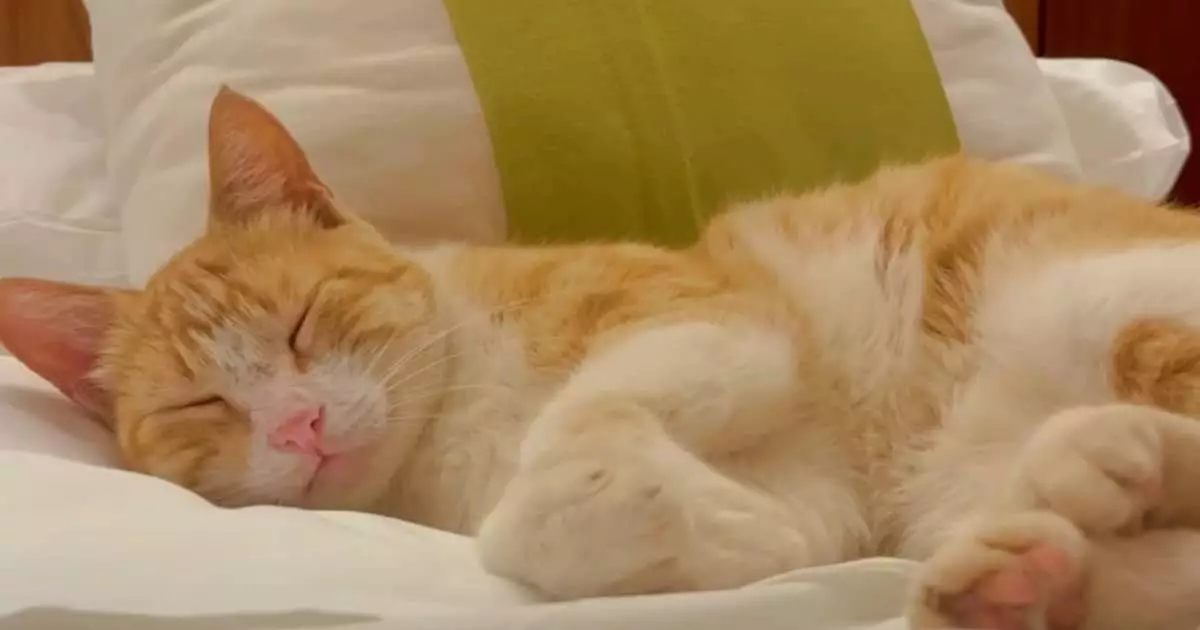Cats have long been revered not only as beloved companions but also as the pinnacle of relaxation. Their natural inclination to seek out prime napping locales and their proficiency in dozing off at a moment’s notice encapsulate their laid-back lifestyle. The elegance with which they embody the essence of rest is both a spectacle and a point of curiosity for many pet owners. Observing a cat in its natural habitat during naptime paints a picturesque scene of serenity, leading us to appreciate the nuances of their slumber habits.
One of the most fascinating aspects of a cat’s nap game is its remarkable ability to identify the most comfortable places for their rest. Cats possess an innate skill to find that sun-drenched spot on the living room floor or a warm laundry basket that’s just begging for a snooze session. This surreal talent they exhibit is not merely a product of their whimsical nature but reflects an instinctual understanding of comfort and security. Even the smallest cardboard box can become a luxurious haven for them. Their criteria for a good spot generally include warmth, safety, and soft textures—elements that highlight their complex relationship with their environment.
Cats do not adhere to conventional sleep schedules; instead, they relish the freedom to nap anytime. Seemingly unfazed by the hustle and bustle of daily life, they plunge into slumber whether it’s amid a phone call, a television binge, or even at the most inconvenient time for their owners. This spontaneity is a reminder of their inherent instinct to live in the moment, and their adaptability is something we could all learn from. By embracing their natural rhythm, cats teach us the importance of taking a break whenever our bodies signal the need for rest.
Have you ever noticed how cats curl up into a compact ball or stretch languorously when settling in for a snooze? Not only are these poses heartwarming to observe, but they also serve practical purposes. The tightly curled position conserves body heat and gives them a sense of protection. Meanwhile, the stretching before and after sleep demonstrates their overall flexibility and readiness to conquer the next adventure. It’s a gentle balance of preserving warmth while remaining poised for the world outside.
The Language of Relaxation
While it may seem like sleep is simply a state of being, for cats, it is a complex communication method. The rhythmic purring that accompanies their naps is one of the most soothing sounds, resonating delightfully in a household. Interestingly, this sound is an indication of their comfort and satisfaction, serving as a melody that brings a sense of peace both to them and their human companions. Moreover, the twitching of their paws or the subtle movement of whiskers hints at a dream-filled slumber, showcasing that sleep is just another facet of their adventurous lives.
Cats are extraordinary in their ability to zone out distractions while they nap. It’s as if they possess a superpower that allows them to block out noise and interruptions. Their commitment to relaxation symbolizes a devotion so profound that it deserves acknowledgment. The gentle adjustments and occasional stretches that occur during their naps are part of their routine, embodying a relaxed demeanor that many of us strive to attain but often overlook in our busy lives.
In addition to prolonged sleep periods, cats have a remarkable talent for short, refreshing naps that rejuvenate them rapidly. This efficiency is admirable and enables them to be energized and ready for playful activities soon after. Their willingness to embrace short rests underscores that every moment of refreshment counts, and even a brief pause can lead to revitalization.
When a cat sprawls out, belly exposed, it embodies total trust in its surroundings—an emblem of relaxation and comfort. This vulnerability reinforces the notion that they feel safe and secure in their environment, a feeling all creatures seek in their lives.
In sum, the nap culture that cats embody goes beyond mere sleeping; it is a rich tapestry of instinct, comfort, and adaptability. Reflecting on their napping practices can inspire us to reevaluate our own approaches to relaxation. As we witness our feline friends basking in their restful reverie, we are reminded that embracing relaxation isn’t just a luxury; it’s an essential part of living well.


Leave a Reply